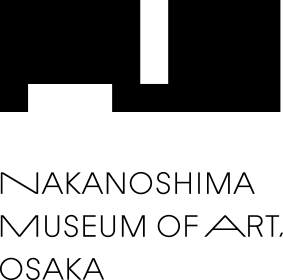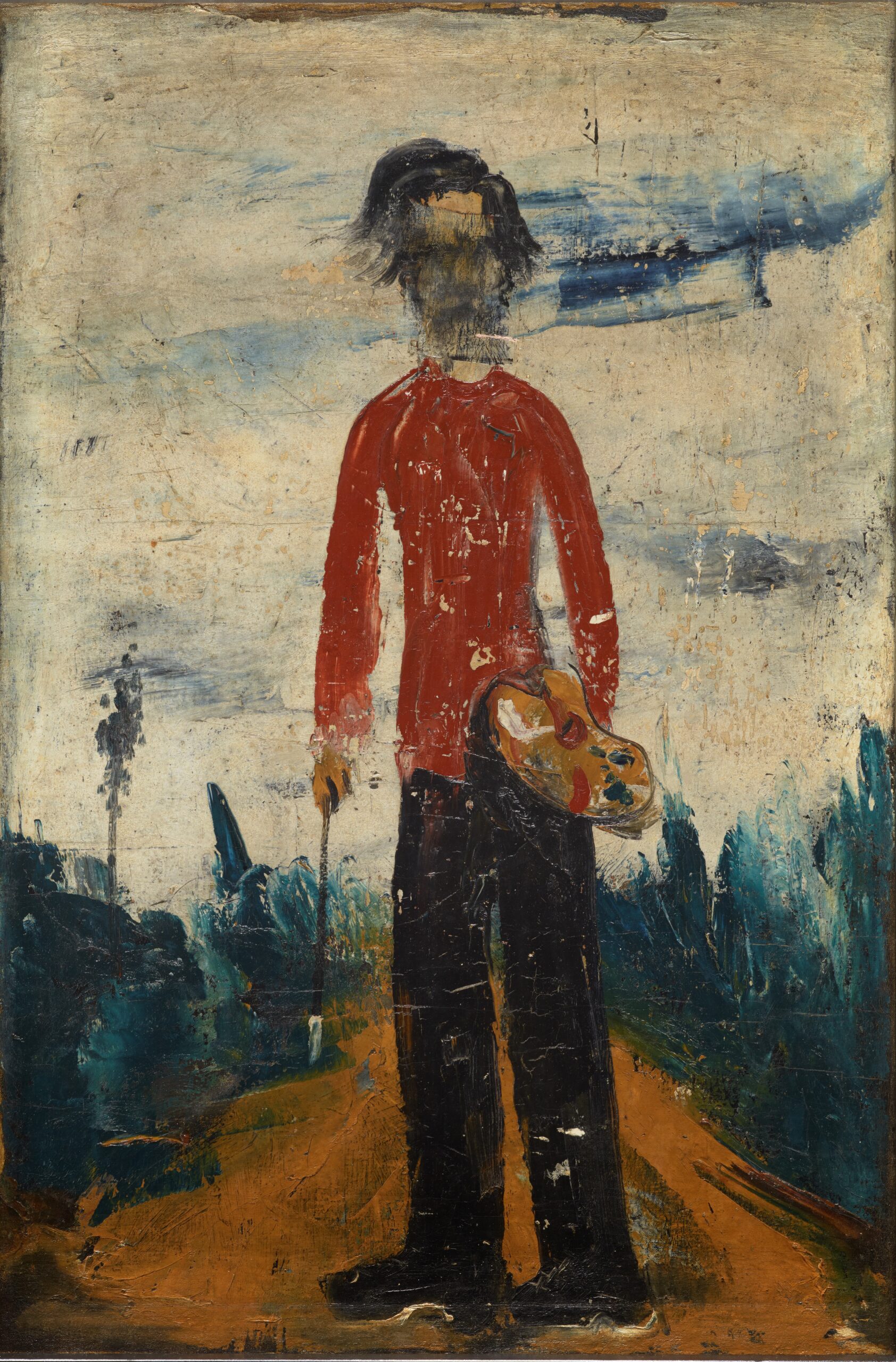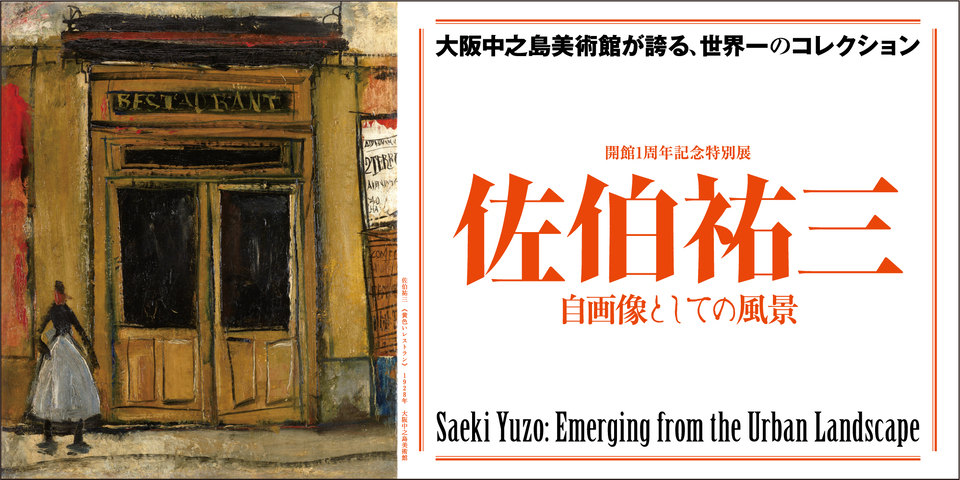
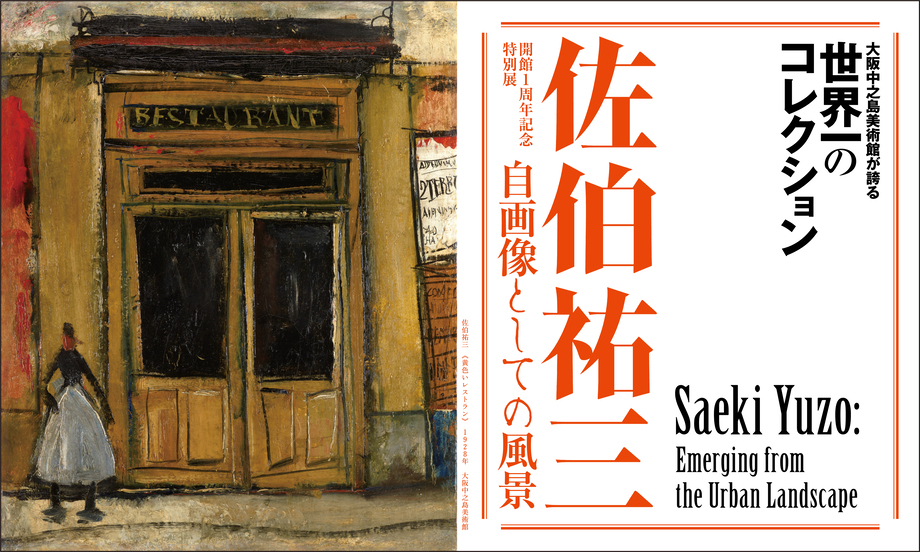
This event has ended.
Celebrating the Museum’s First Anniversary
Saeki Yuzo : Emerging from the Urban Landscape
2023-04-15 – 2023-06-25
Summary
The exhibition will bring together representative works of the artist, mainly from the Saeki Yuzo collection of the Nakanoshima Museum of Art, Osaka, which boasts the largest and finest collection of his works anywhere. The exhibition will show some works that are being displayed for the first time. It is also the first major retrospective of the artist’s works in fifteen years, providing a much-anticipated opportunity to rediscover the allure of Saeki’s art.
Information about the Exhibition
| Date | April 15– June 25, 2023 Closed on Mondays (except May 1) |
|---|---|
| Opening hours | 10:00 – 17:00 (last entry 16:30) |
| Venue | Nakanoshima Museum of Art, Osaka 5F Galleries |
| Organizer | Nakanoshima Museum of Art, Osaka and The Yomiuri Shimbun |
| Sponsorship | Iwatani Corporation, KINDEN CORPORATION, SHIMIZU CORPORATION, Panasonic Holdings Corporation, Non-Destructive Inspection Company Limited. |
| Admission fee | Adults : 1800 yen (advance sales/groups 1600 yen) University / High school students : 1500 yen (advance sales/groups 1300 yen) Junior high school / Elementary students : 500 yen (advance sales/groups 300 yen) * The museum may close without notice in the event of disasters or other circumstances beyond our control. * Prices include tax. * Persons holding an official Disability Certificate are admitted for half the price of a same-day ticket (including one attendant). * Certification of eligibility for special rates must be presented before admission for all except regular adult rates. * For this exhibition, regular adult rates apply to Osaka residents aged 65 or older. *Same-day discount: By presenting your ticket for this exhibition (stub accepted) at the second floor ticket counter, you can receive a 100 yen discount on a same-day ticket for the Art in Love with Design ♡ Design Envious of Art exhibition being shown on the fourth floor (April 15, 2023 to June 18, 2023) . ・ Each ticket is valid for one museum visitor. ・ Discounts cannot be applied after a ticket purchase. ・ Discounts cannot be combined with other offers. Ticket sale locations Nakanoshima Museum of Art, Osaka website, major ticket outlets, and other locations. Tickets go on sale at 10:00 on February 15, 2023 *A service fee may be charged on tickets purchased at a convenience store. |
| Contact us | Osaka City Call Center 06-4301-7285 Hours: 8:00 – 21:00 (365 days) |
Highlights
1. Saeki Yuzo’s masterpieces together in one placeSaeki Yuzo, who died at the young age of thirty, went to live in France twice and had a career as a painter that truly lasted only about four years. This exhibition presents masterpieces selected from among the works painted during his short career.
2. Survey of a life through urban landscapes, including many depictions of Tokyo and OsakaSaeki mainly painted scenes of the cities where he lived. This exhibition presents a full array of his works, especially works depicting Tokyo (View of Shimo-Ochiai) and Osaka (Moored Ships) painted in Japan. It is a once-in-a-lifetime opportunity to appreciate the scenes discovered by Saeki, not only in Paris, but also in Tokyo and Osaka, and to enjoy a sweeping view of how Saeki’s art blossomed.
3. This long-awaited retrospective exhibition will debut at the Nakanoshima Museum of Art, OsakaThe concept for the Nakanoshima Museum of Art, Osaka was born in 1983 with the donation of a collection of works that had been assembled by businessman Yamamoto Hatsujiro. The centerpiece of the Yamamoto Hatsujiro collection is a group of works by Saeki Yuzo. The Nakanoshima Museum of Art, Osaka currently has about sixty of Saeki’s works, and most of these are pieces from the original Yamamoto collection. This is the largest collection of works by Saeki Yuzo in Japan. Moreover, this exhibition is the first major retrospective to be mounted in Saeki's "home territory."。
SAEKI Yuzo
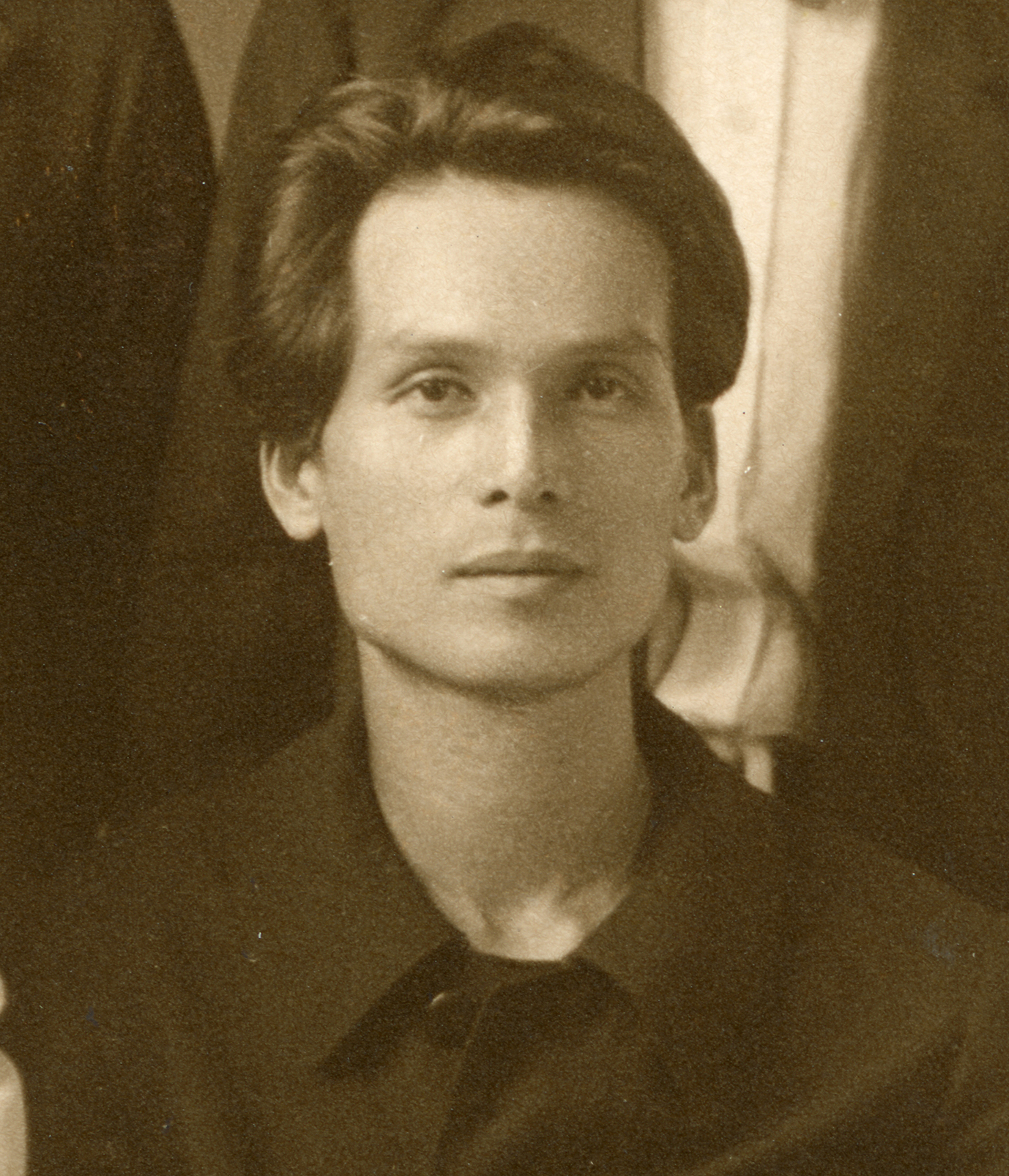
SAEKI Yuzo
1898 – 1928
Saeki was born at Kotokuji Temple, located in what was then Nakatsu-mura, Nishinari-gun, Osaka (today’s Nakatsu, Kita-ku, Osaka). After graduating from the western painting department of the Tokyo School of Fine Arts in 1923, he set out for Paris. Early the next summer, Saeki accompanied Satomi Katsuzo on a visit to the Fauvist painter Maurice de Vlaminck. Vlaminck criticized Saeki's work as “academic,” and this rebuke spurred Saeki to search for his own style. Eventually, inspired by Maurice Utrillo, he developed a series of paintings depicting working-class Paris, using thickly applied paint to express the texture of the building walls, including work selected for the Salon d'Automne in 1925. Saeki returned to Japan temporarily in 1926, and he produced a series of works depicting scenes of Tokyo’s Shimo-Ochiai district and ships moored in Osaka. Nevertheless, he found the scenery of Japan unsatisfying, and in August 1927 he returned to France via the Trans-Siberian Railway. There, he achieved his own style of painting, energetically capturing the streets of Paris, rendering the text from advertising signs as delicate strokes that seem to dance across the canvas. In February 1928, he traveled to the nearby village of Villiers-sur-Morin with Oguiss Takanori and Yamaguchi Takeo. After returning to Paris in March, his physical condition deteriorated, and on August 16 he died at the young age of thirty in a psychiatric hospital in a Paris suburb .
Chapter 1. Osaka and TokyoHills and Poles: Views of Shimo-Ochiai and Moored Ships (1926-1927)
After two years in Paris, Saeki returned to Japan in March 1926. During his temporary return to Japan of roughly one and half years, Saeki concentrated mainly on two themes: View of Shimo-Ochiai and Moored Ships. Looking across landscapes completely unlike those of Paris, the artist discovered lines extending into the sky, such as utility poles and ship masts. What did Saeki extract from these views of Japan and how did he paint it? We present a well-rounded selection of works from his Views of Shimo-Ochiai and Moored Ships series, drawing visitors into his unique viewpoint and expression.
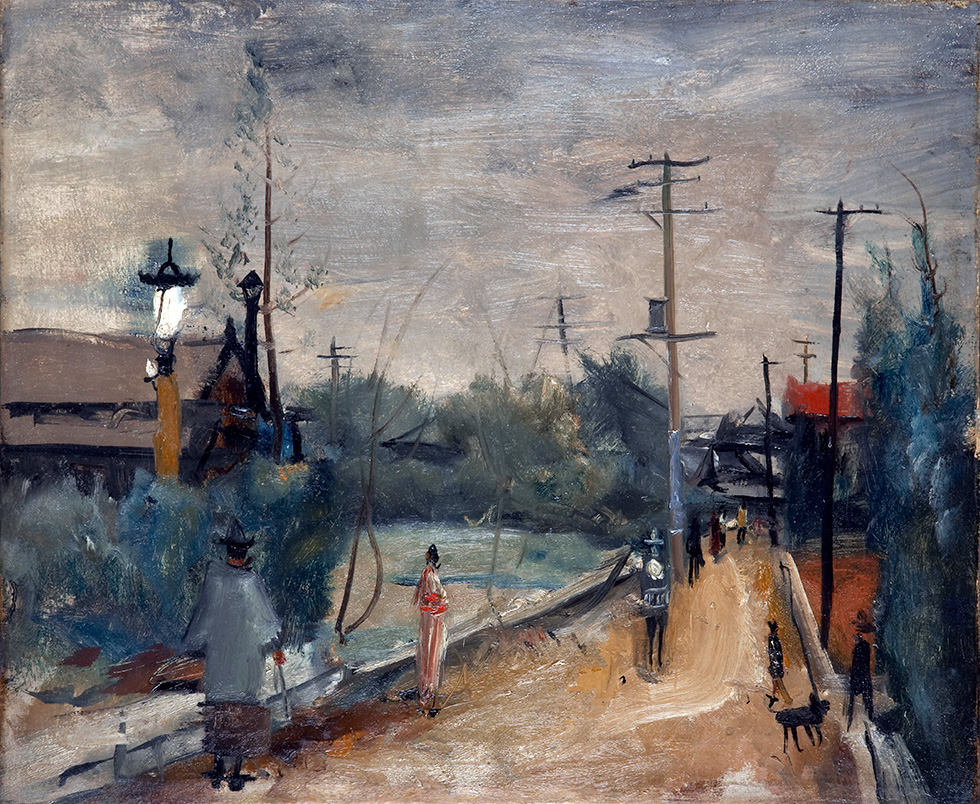
SAEKI Yuzo, View of Shimo-Ochiai,
About 1926
The Museum of Modern Art, Wakayama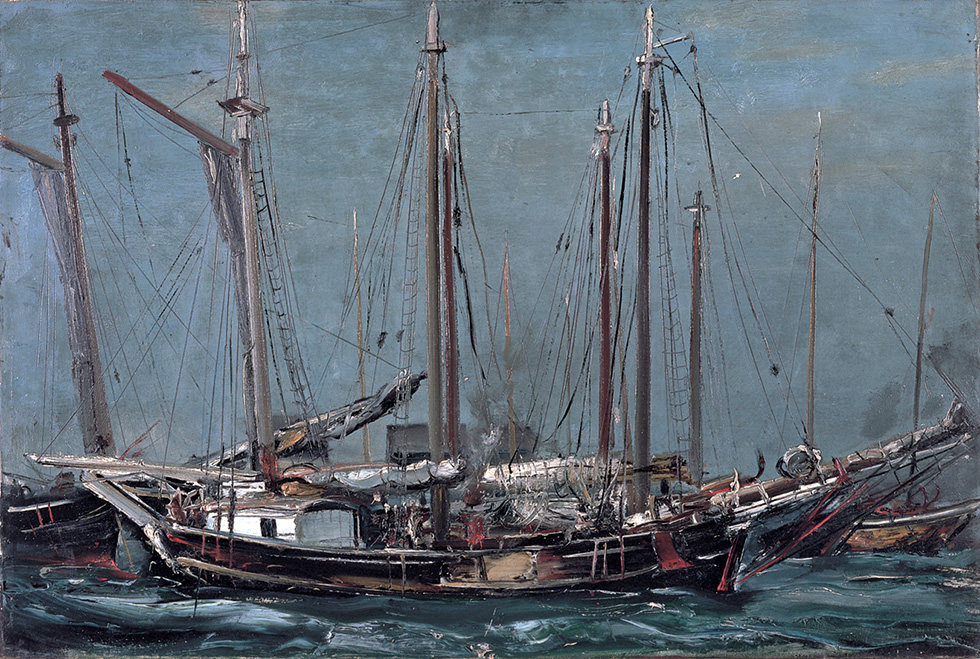
SAEKI Yuzo, Moored Ships,
About 1926
ENEOS Corporation
Chapter 2. ParisThe walls of Paris (1925)
After his devastating encounter with Vlaminck in 1924, Saeki continued to search for his own style and in 1925, taking the storefronts of Paris as his theme, he arrived at a style of rendering the texture of heavy stone walls using thickly applied paint. Starting with representative works from this period, such as Wall and Cordonnerie, you will see walls that exude breathtaking presence, and their beautiful and intricate matière.
.jpg)
SAEKI Yuzo,
La Cordonnerie (Shoe-repairer's Shop)
1925
Artizon Museum, Ishibashi Foundation
The letters and lines of Paris (1927)
When you think of Saeki Yuzo, you might think of poster text and strokes that leap across the canvas. After struggling to find his way during his temporary return to Japan, Saeki developed the style that he is best known for in the autumn and early winter of 1927 after he returned to France for a second time. From the delicate strokes depicting leafless tree branches and the poster lettering that fills the canvas with a continuous rhythm, to his elongated human forms and even his own signature, we trace Saeki's artistic achievements, depicting the streets of Paris with his detailed linework, through representative works such as Gas Lamp and Posters and his Cafes and Restaurants series.
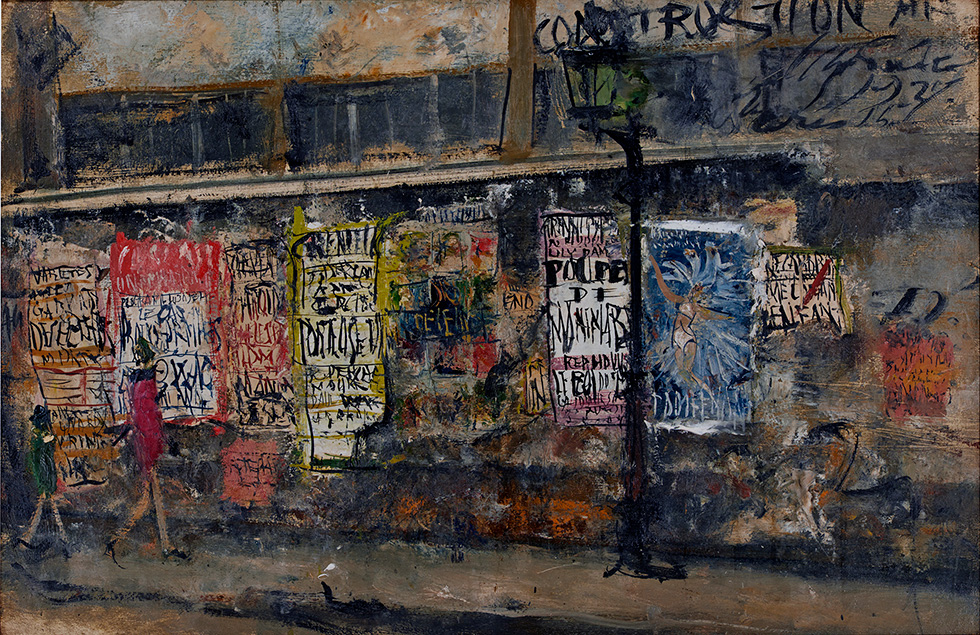
SAEKI Yuzo, Gas Lamp and Posters,
1927
National Museum of Modern Art, Tokyo.jpg)
SAEKI Yuzo, Restaurant (Hôtel du Marché),
1927
Nakanoshima Museum of Art, Osaka
Chapter 3. Villiers-sur-Morin
In February 1928, Saeki stayed in Villiers-sur-Morin, a small village about an hour away from Paris by train, as he searched for new forms. Beginning with the church in the center of the village, he found subjects everywhere, and his powerful, broad strokes and structural compositions bring them back to life on the canvas. Working in the harsh cold weather surely sapped Saeki’s strength, and this group of works became his last. It is fair to say that these treasures were produced even as his life slipped away.
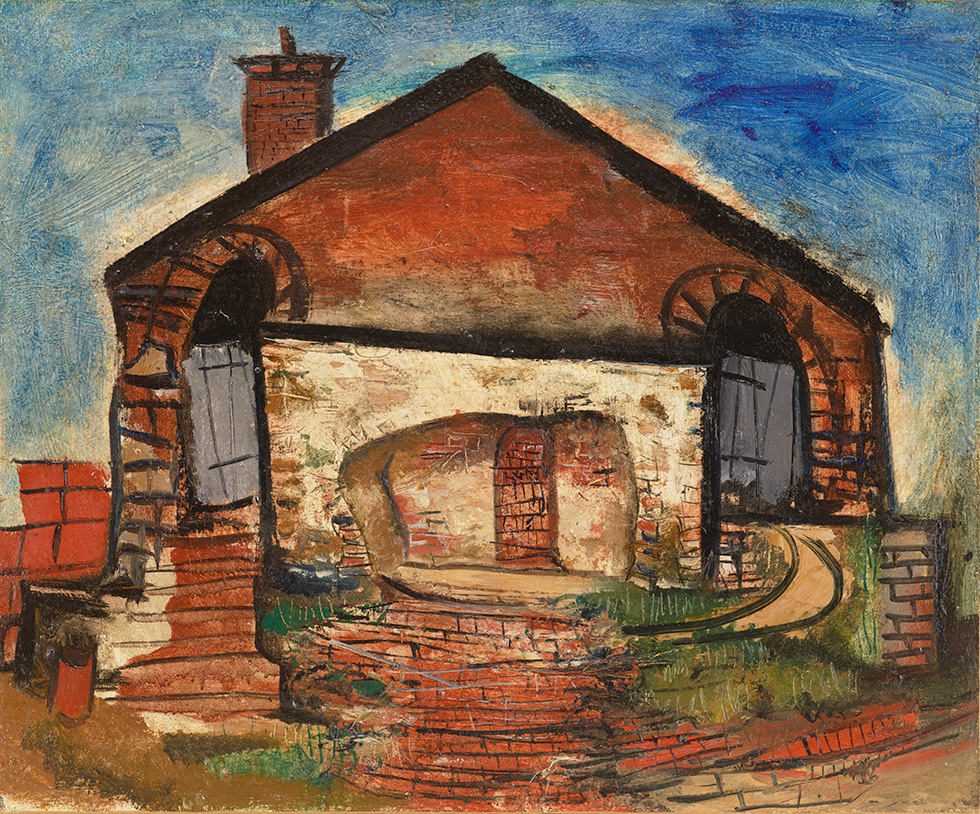
SAEKI Yuzo, Brickkiln,
1928
Nakanoshima Museum of Art, Osaka
Epilogue
In March 1928, Saeki exhibited Postman, Postman (Bust), Russian Girl, Yellow Restaurant, and Door, his near final works, which were all painted before he became bedridden. He began coughing up blood at the end of March and then he became unable to hold his brushes. He died on August 16.
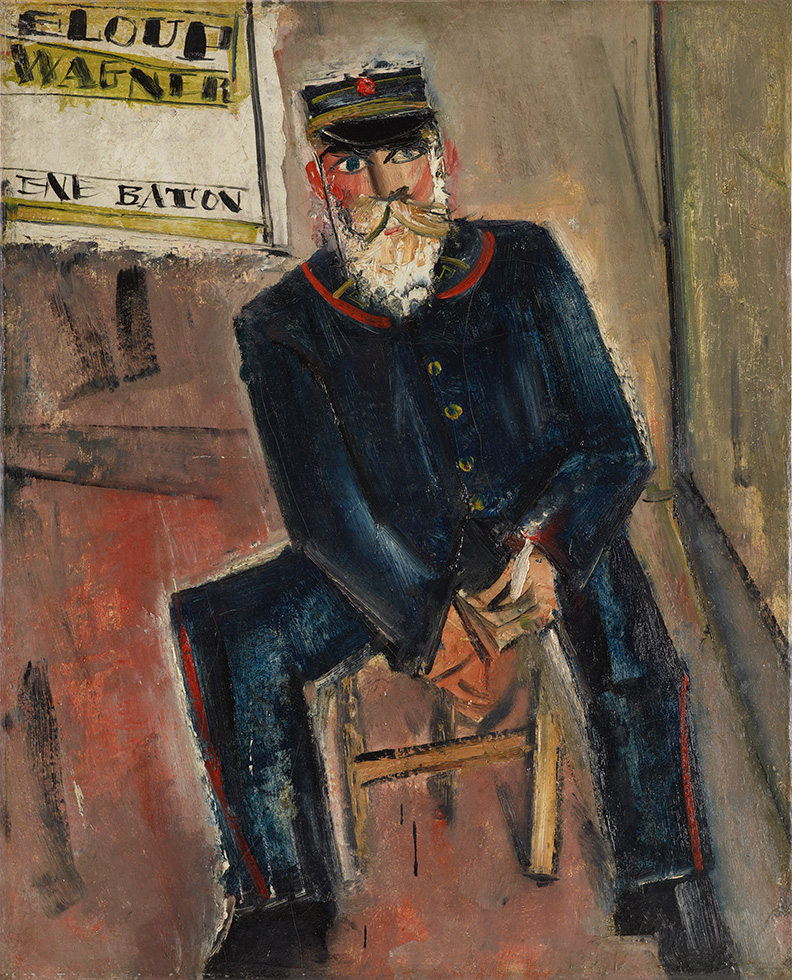
SAEKI Yuzo, Postman
1928
Nakanoshima Museum of Art, Osaka
Audio guide (Japanese only)
Audio guide narration by Udo YumikoUdo Yumiko, who attended the same high school in Osaka (Kitano High School) as Saeki Yuzo, has been selected as the narrator for the audio guide. Saeki lived in three cities: Osaka, Tokyo, and Paris. Using the cities in which he lived as their themes, the episodes follow the trajectory of a painting career in which Saeki continued to produce urban landscapes until just before his death.
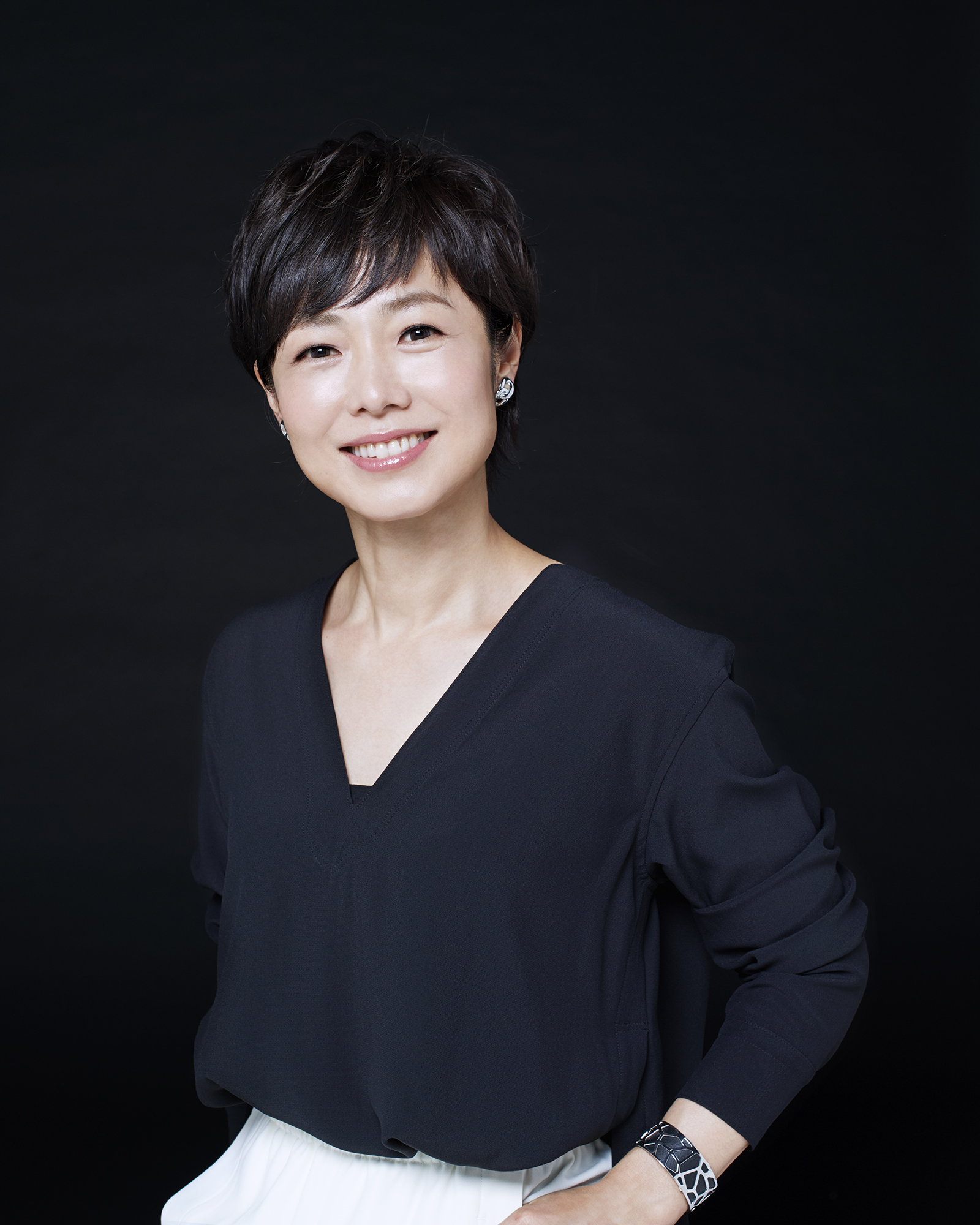
Udo Yumiko Born in 1969 in Kagoshima Prefecture, Udo joined NHK in 1991 and worked on news programs and sports programs. She has also served a host for the Kōhaku Uta Gassen [Red and White Song Battle], a popular New Year holiday TV event. In 2010 she became the host of the Asaichi morning TV talk show. Udo left NHK in March 2018 and in October 2018 she became the anchor of Nippon Television's evening news program news zero.
Audio guide information
▼Venue rental version
600 yen per person (tax included)
Tour time: about 30 minutes
▼App version (iOS/Android) Kiku bijutsu [listen to art]
Audio guide price: 650 yen (tax included) *limited-time use
Download the Kiku bijutsu app (free) from the link below to access the audio guide.
Kiku bijutsu Official Audio Guide App | acoustiguide

![]()
Contact for questions about the audio guide service
Acoustiguide Japan Ltd.

support@acoustiguide.co.jp | TEL:03-5771-4083 (M-F 10:00 –18:00)
